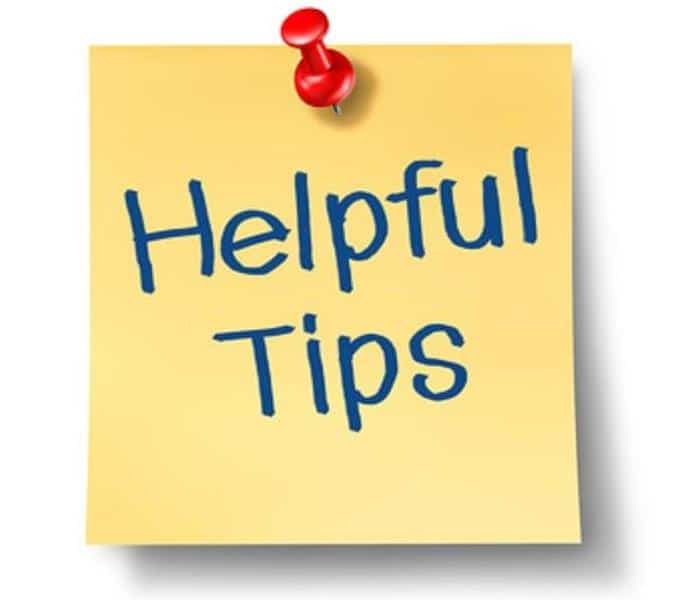10 Tips for Mold Prevention
Your Mold Guideline!
Mold can really have disastrous effects on your home and health, so to help you prevent any future headaches, here are a couple of mold prevention tips to help you and your family.
- Reduce indoor humidity: Mold is all about moisture. To decrease mold growth, you need to start by eliminating all sources of moisture.
- Ventilate Bathrooms: The bathroom is usually culprit number one for mold grow. After showers or even general use, make sure to properly ventilate the room using air conditioners or de-humidifiers.
- Use Exhaust Fans When Cooking: The second main hotspot for mold growth is the kitchen. Anytime you do anything in there that requires water, including dishwashing, cleaning and cooking, make sure to have an exhaust fan running to pick up excess moisture.
- Prevent condensation: This is especially relevant in colder climate areas. In order to reduce the potential for condensation on cold surfaces (i.e., windows, piping, exterior walls, roof, or floors) you should consider adding insulation.
- Do Not Install Carpeting: This mainly applies to areas in which there is a perpetual moisture problem. Carpet is extremely porous, which means it will hold onto the moisture, causing mold to grow below your floors.
- Dry Spills Immediately: This goes without saying, but make sure the kids and family know that any spills can be a source of mold and need to be dealt with immediately to prevent any growth.
- Fix Plumbing Leaks: Anytime a water related problem occurs, fix it as soon as possible, especially when it comes to plumbing leaks. If water seeps into the walls it becomes exponentially harder to properly dry.
- Throw Away Porous Materials: You may have your heart set on that certain tile or carpet, but if it has become damaged by water it needs to be replaces. Mold can grow on or fill in the empty spaces and crevices of porous materials, so the mold may be difficult or impossible to remove completely.
- Wear gloves. Long gloves that extend to the middle of the forearm are recommended when cleaning up mold, and you should always avoid touching mold. When working with water and a mild detergent, ordinary household rubber gloves may be used. If you are using a disinfectant, a biocide such as chlorine bleach, or a strong cleaning solution, you should select gloves made from natural rubber, neoprene, nitrile, polyurethane, or PVC.
- Wear goggles. Goggles that do not have ventilation holes are recommended. Avoid getting mold or mold spores in your eyes.
Hopefully you’ll never encounter mold, but if you do remember the tips above. And if you need help with your mold removal, there’s always tip number 11:



